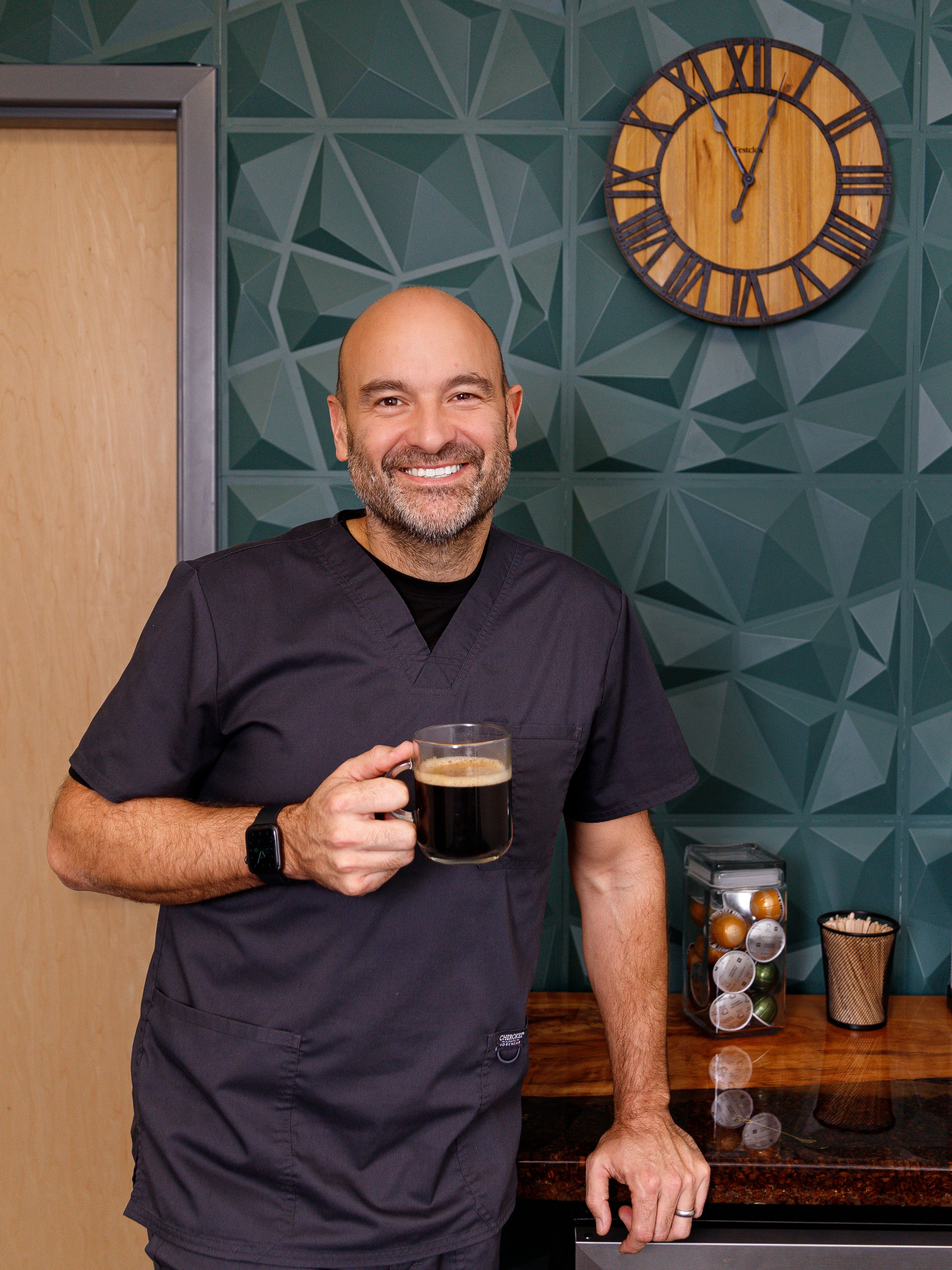Navigating the complexities of tariff impacts on the health care system
Rising tariffs on medical supplies could drive up health care costs this year, creating new financial and operational challenges for practices.
Richard Berry, MD

In recent weeks, the complexities of health care economics has become increasingly intricate, particularly in light of the tariff policies enacted by the current administration. These tariffs, set against the backdrop of a globalized economy, present profound challenges that ripple across multiple sectors. Among the most vulnerable of sectors is the health care industry, a sector already grappling with staffing shortages, insufficient funding, and systemic collapse. As we cast our gaze toward 2025, it is imperative to scrutinize the potential repercussions these tariffs might have on health care and, by extension, on the very fabric of public well-being.
A focal point of concern is the impact of tariffs on medical imports. While pharmaceutical products currently enjoy exemption from these tariffs—offering a measure of relief—this status is precariously subject to change, potentially with little warning. The intricate web of pharmaceutical supply chains underscores this vulnerability, with India playing a pivotal role. In 2022, India emerged as the primary supplier of generic medications to the United States, accounting for a staggering 40% of prescriptions and contributing $8 billion in pharmaceutical sales. Globally, India is responsible for 20% of generic drug production and 60% of vaccine supplies. Any disruption in this supply chain could have significant ramifications.
In stark contrast, medical devices and essential health care supplies have not been granted similar exemptions. Critical tools, ranging from pacemakers and joint prostheses to basic hygiene items such as dressings, gauzes, gloves, and needles, remain subject to tariff-induced cost fluctuations. The inevitable consequence is an increase in health care expenses, as insurance companies and hospitals shift these additional costs to patients through higher premiums, co-pays, deductibles, and maximum out-of-pocket expenses.
This scenario presents a dual challenge: rising costs and potential shortages. It is anticipated that health care costs will increase 15% by the summer of 2025, this is more than a mere statistic; it is a looming reality that threatens to exacerbate the fragility of our health care system. Since the COVID-19 crisis of 2020, the systemic vulnerabilities of U.S. health care have been laid bare. As we confront these evolving challenges, the question remains: How long can we sustain equitable access to quality health care?
In this context, the stakes are high. The health care sector must navigate these economic hurdles while ensuring that patient care remains paramount. It is a delicate balancing act, one that requires strategic foresight, policy innovation, and a commitment to safeguarding the health of the nation. As we continue to monitor the evolving landscape, it is crucial to advocate for solutions that address these pressing concerns and work toward a more resilient health care system for the future.
Richard Berry, MD, is a direct primary care doctor, a husband and a parent by day and a woodworker by night.
Is your practice ready for the Trump tariffs?
April 7th 2025Tariffs are set to drive up costs across industries — including health care — impacting everything from medical supplies to retirement accounts. Take a look at the ripple effects on medical practices and some proactive strategies for physicians to stay one step ahead.
Is your practice ready for the Trump tariffs?
April 7th 2025Tariffs are set to drive up costs across industries — including health care — impacting everything from medical supplies to retirement accounts. Take a look at the ripple effects on medical practices and some proactive strategies for physicians to stay one step ahead.
2 Commerce Drive
Cranbury, NJ 08512
All rights reserved.